Building a Worm Farm
DIY your very own vermicompost bin
This is an easy project; you can find Rubbermaid brand tubs almost anywhere, and lacking that, any other brand of tote that has a lid, and handles to lift them with.
Earthworms are not picky. All they require is darkness, moisture (but not too much) and some organic matter.
They don't eat much, or make any noise - they're the perfect pet!
Once they are happy, they'll start to produce little lemon shaped eggs - that's when you'll know that you have the perfect environment for them.
The eggs hatch out earthworms that are perfectly adapted to what you're feeding them, and other factors such as temperature and moisture levels.
Some supplies you will need for your worm farm;
|
First, you'll need a Rubbermaid Storage Tote, 18-Gallon, Grey
|
|
Here are the instructions once you've assembled your materials; click on any picture to open the gallery for larger sized images:
There; now your worm farm is ready to go into a cool dark spot, like a basement, shed or root cellar.
Set it on some plastic, or another lid
from the same sized tub to prevent damage to the floor from the 'worm
tea' or liquid that will seep from the holes.
Worm Tea can be collected in a jar or watering can, diluted with water and then used for fertilizing indoor plants.
It can be strong, so use one table spoon of tea, to a gallon (four liters) of water.
Check in a week or so, to see if you can see worms starting to move around. Generally, if you find cocoons (tiny lemon shaped egg cases) in the manure and finished compost, these will start to hatch out and you'll see really small pale baby worms.
They may look small now, but give them a month or two, and they'll really start to get to work.
Don't overfeed your worm bin; once the worms start to produce more, you can split them up and build an other one, and feed twice as much kitchen scraps.
It's best to chop the scraps up small; this helps it to rot down more quickly, and then all the other members of the micro herd can help.
Sometimes you'll see a white mold forming on the surface of the compost. This is normal, and generally it's a good sign that the conditions are right for worms.
Bad signs include many worms trying to escape; a really sour smell, or dead worms. This indicates that there isn't enough air and you've got anaerobic conditions starting.
Stir up the compost and add a bit more dolomite lime, and leave the lid off for a bit. You can also add more dry materials, like dampened torn up newspapers, a small amount of sawdust, peat moss or shredded leaves.
The trick is to use moderation in all things, and be patient.
In time, your worms will reward you with lots of lovely nutrient rich worm castings to sprinkle on your houseplants, make compost tea, or put on the garden.
More options from my affiliate;
Get the free Composting E-Course delivered right to your inbox and learn tips and tricks to get your compost to work the first time.
Get started now; fill out the form;
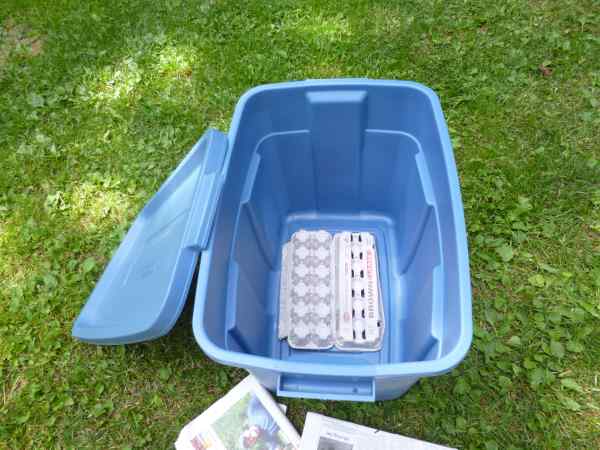
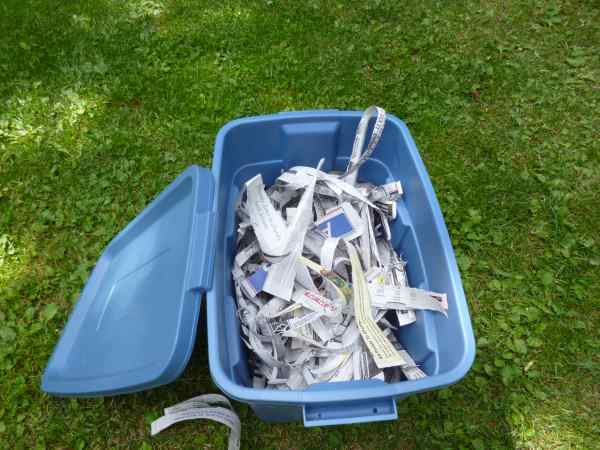
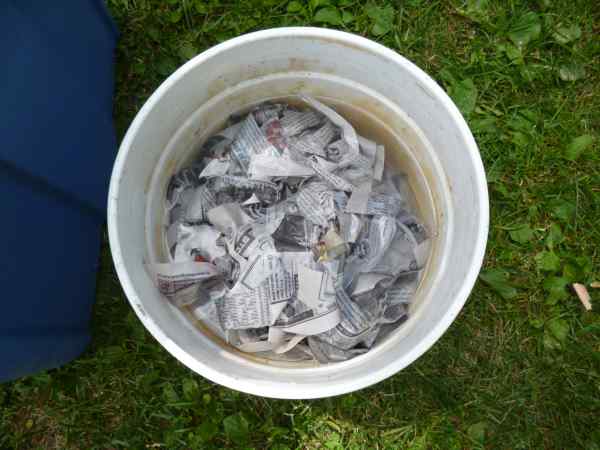
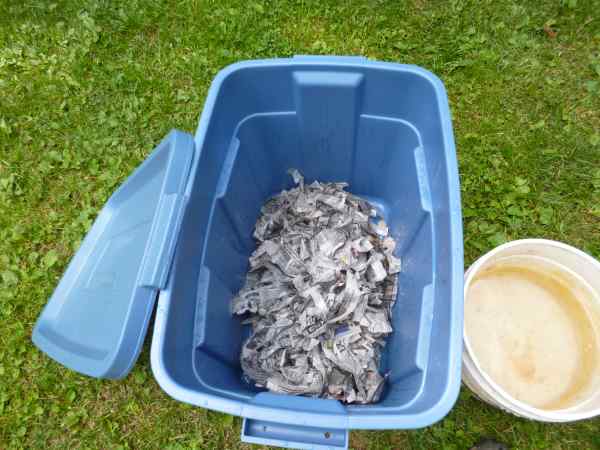
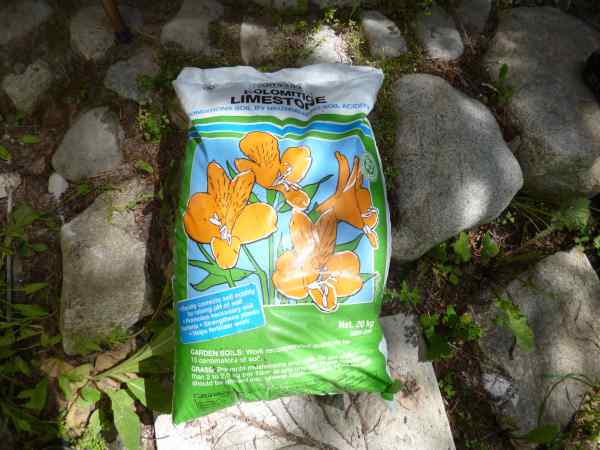
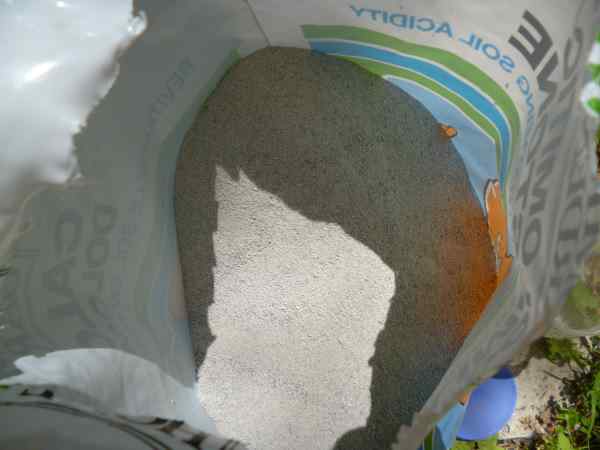
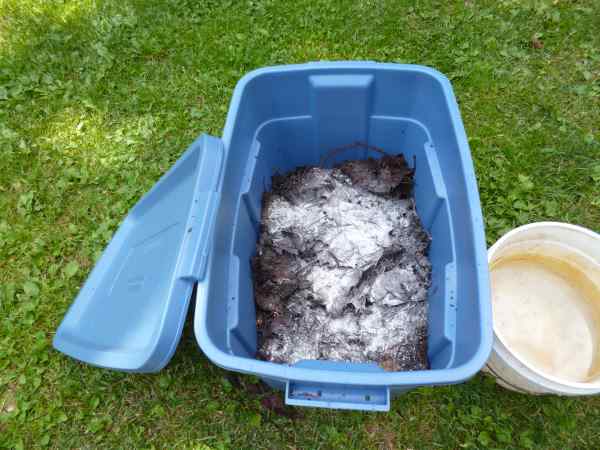
New! Comments
Have your say about what you just read! Leave me a comment in the box below.